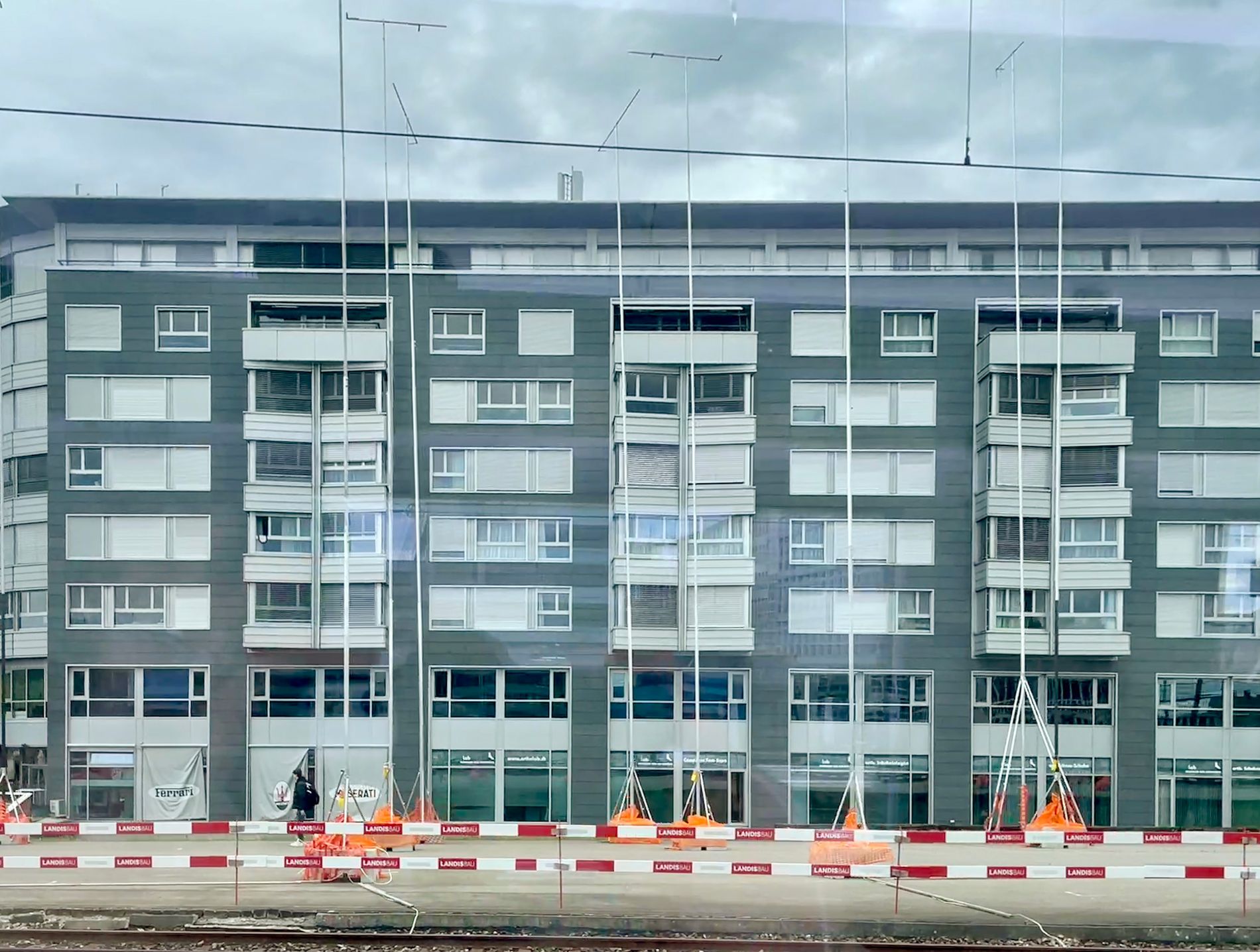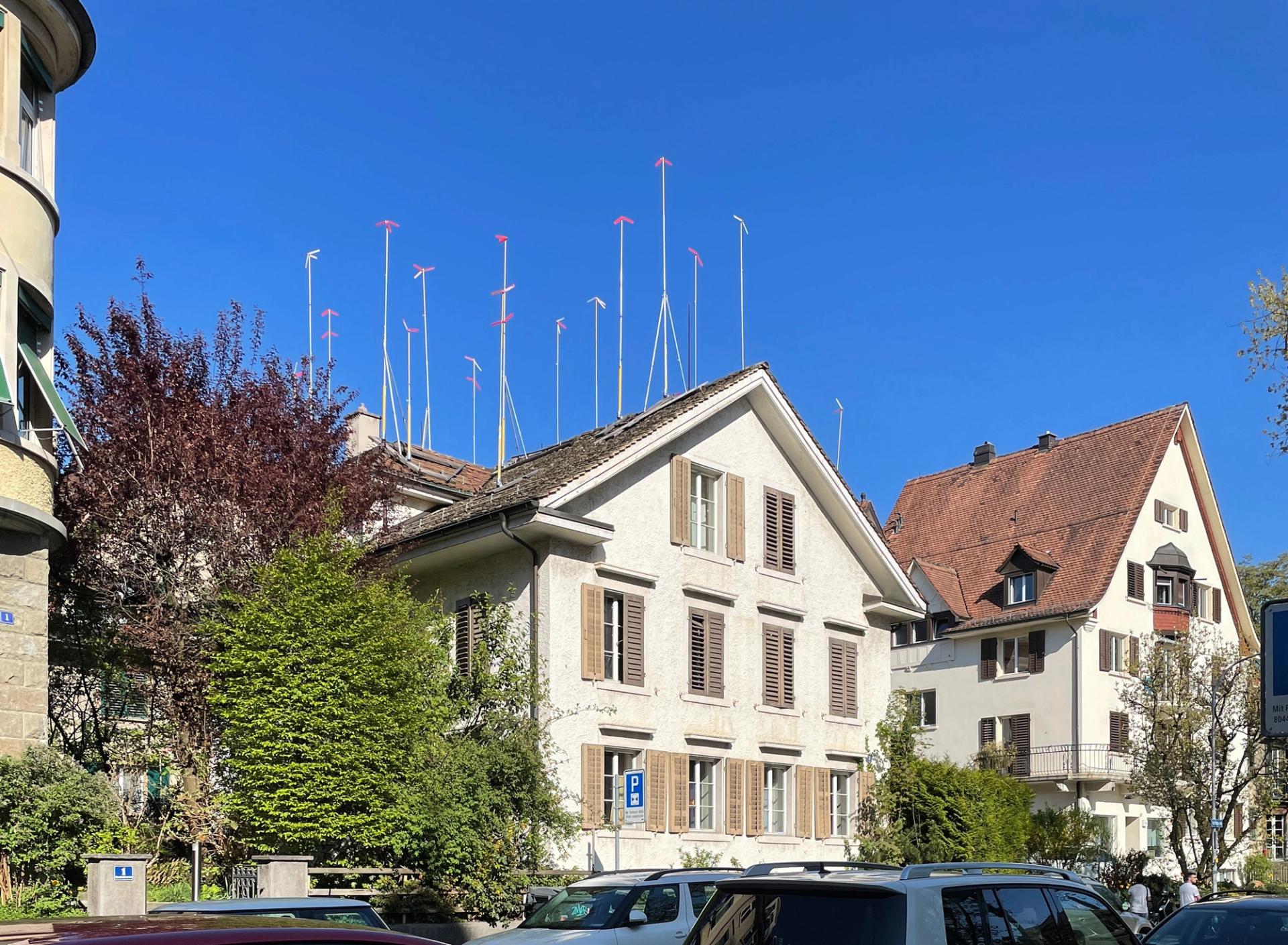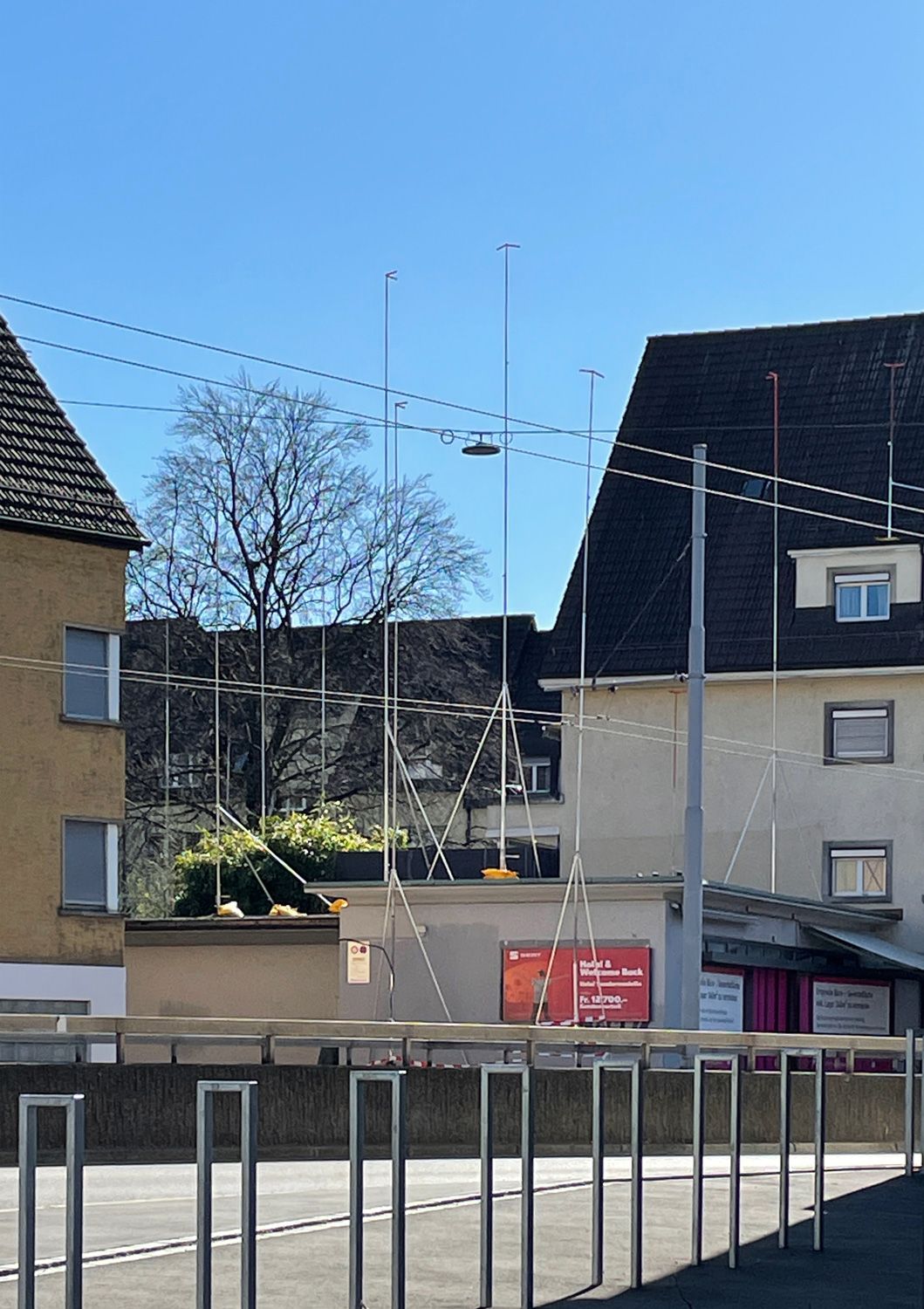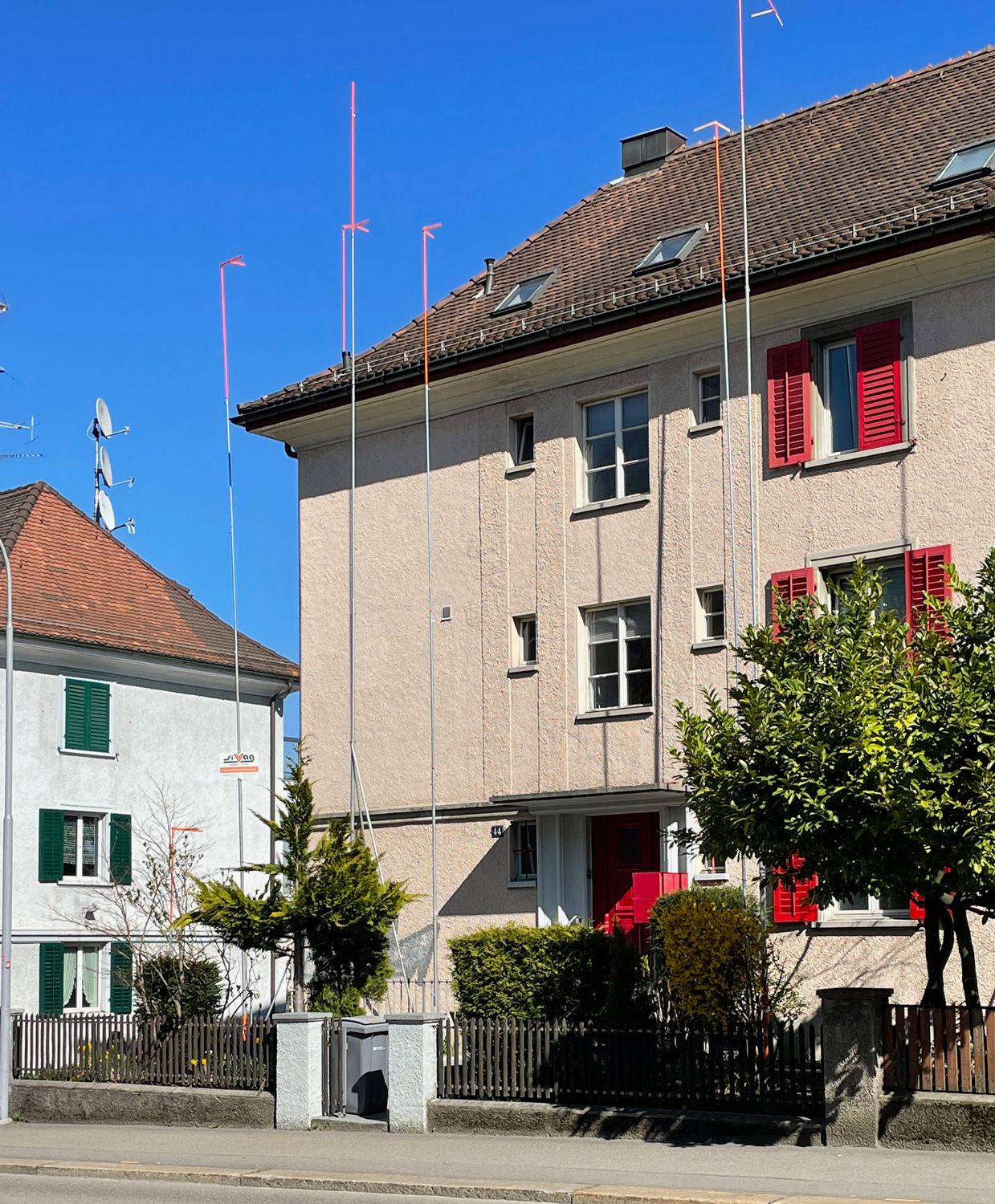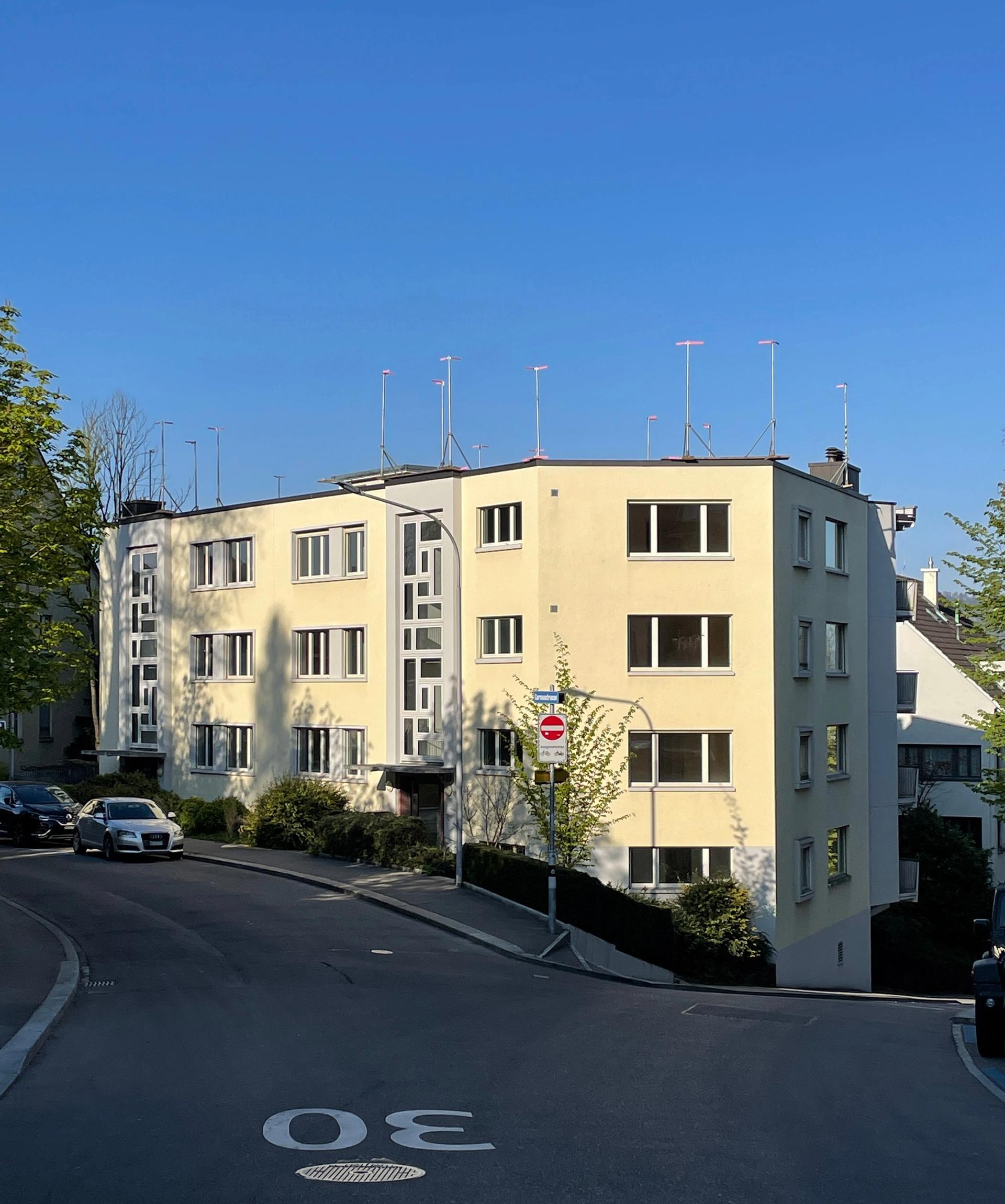Accepting Density: Cooperative Housing and the Transformation of ZurichIrina Davidovici
Daniel M Abramson, Obsolescence: An Architectural History (Chicago: University of Chicago Press, 2016), 3.
The connected question of environmental performance falling short of the stringent current standards is tackled differently. Refurbishments to improve the envelope’s thermal performance have been extensive in recent decades, and the ubiquitous insulated render has changed Switzerland’s housing landscape, without substantially adding to the buildings’ bulk or urban densities.
Akzeptanz der Dichte, edited by the Office for Spatial Development and Statistical Office of the Canton of Zurich, August 2014.
‘10,000 Familien-Wohnungen in 10 Jahren’, ‘Wohnen für Alle’.See Stadtentwicklung Zürich, Programm Wohnen. Stadtrat von Zürich (Stadtentwicklung Zürich, September 2017), 4.
Stadt Zürich, ed.,Dichter: eine Dokumentation der baulichen Veränderung in Zürich – 30 Beispiele (Zürich: Amt für Städtbau, 2012), 9.
The highest percentage was in 2019, when 68.8 percent of all new dwellings were obtained through converting existing buildings into residential buildings or rebuilding them. See Statistik Stadt Zürich, ‘Wohnungsbau in Zürich auch 2020 rückläufig – Stadt Zürich’, 2020, https://www.stadt-zuerich.ch/content/prd/de/index/statistik/publikationen-angebote/publikationen/webartikel/2021-02-10_Wohnungsbau-in-Zuerich-auch-2020-ruecklaeufig.html.
See for example Anne Kockelkorn, Susanne Schindler and Rebekka Hirschberg, eds., Cooperative Conditions: A Primer on Architecture, Finance and Regulation in Zurich (Zurich: gta Verlag, 2024), 8, 210.
Combining three separate public initiatives, the article ‘Bezahlbare Wohnungen für Zürich’ (Affordable Housing for Zurich) obtained 76 percent of the popular vote on 27 November 2011. The policy enables the city to actively support the increase of non-profit housing developments to a third of its dwelling stock by 2040. It prioritises housing for families and the elderly, as well as enforcing high environmental performance in construction. See Finanzdepartement Stadt Zürich, Wohnungsbau, https://www.stadt-zuerich.ch/fd/de/index/liegenschaftenverwaltung/Wohnungsbau.html, and ‘Wohnpolitischer Grundsatzartikel in der Gemeindeordnung: “Bezahlbare Wohnungen für Zürich” (Gegenvorschlag des Gemeinderats zu drei Volksinitiativen)’, in Stadt Zürich, Zürich stimmt ab, 27 November 2011, 11–14.
Stadt Zürich, ed., Dichter: eine Dokumentation der baulichen Veränderung in Zürich – 30 Beispiele (Zürich: Amt für Städtbau, 2012).
This building boom followed Zurich’s annexation of surrounding communes in 1934, and mostly took the form of suburban garden-city cooperative settlements.
In 2010–14, cooperatives offered approximately 36.5 m2 resident, as opposed to 42.4 m2 for rented and 52.2 m2 for privately owned housing. See Wohnbaugenossenschaften Schweiz and Wohnen Schweiz Verband der Baugenossenschaften, eds., Der Gemeinnützige Wohnungsbau in Der Schweiz (Bern: Stämpfli Publikationen AG, 2018), 21.
See Thomas Stahel, Wo-Wo-Wonige! Stadt- und wohnpolitische Bewegungen in Zürich nach 1945 (Zurich: Paranoia City, 2006).
Karthago Association, Karthago am Stauffacher [2. Aufl.], (Zürich: Paranoia City-Verlag, 1989), 29.
See Andreas Hofer, ‘Von Der Familienwohnung Zum Cluster-Grundriss,’ Tec21 23, no. 7 (2011): 7, 23–32.
This strategy also requires caution, as it bears the risk of radically altering the buildings’ historical character. This was the case with Peter Giumini’s Roter Block, built for the cooperative Baugenossenschaft des Eidgenössischen Personals Zürich (BEP) in 1920. Its refurbishment in 2015 included the addition of a layer of pergolas towards the inner courtyard: essentially, a new elevation, which completely transformed the interior character of the block. See Elias Knopf, ‘Der Rote Block wächst nach innen’, Zeitschrift Wohnen, 2017, http://www.zeitschrift-wohnen.ch/heft/beitrag/renovation/der-rote-block-waechst-nach-innen.html.
The ABZ Siedlung Kanzleistrasse was the subject of a 2015 architectural competition for its demolition and densification. See: https://www.stadt-zuerich.ch/hbd/de/index/hochbau/wettbewerbe/abgeschlossene-wettbewerbe/archiv-wettbewerbe/wettbewerbe_2015/wohnsiedlung-kanzleistrasse.html.
See examples in Urs Rey, Zürich baut sich neu. Ersatzneubauprojekte 2004–2015 (Statistik Stadt Zürich), 34–43, https://www.stadt-zuerich.ch/prd/de/index/statistik/publikationen-angebote/publikationen/Analysen/A_001_2015.html.
Stadt Zürich, ‘Bauliche Verdichtung aktuell’, 2020, https://www.stadt-zuerich.ch/prd/de/index/statistik/publikationen-angebote/publikationen/webartikel/2020-04-07_Bauliche-Verdichtung-aktuell.html.
Daniel Kurz, ‘Halbherzige Verstädterung. 20 Jahre Ersatzneubau in Zürich: Eine Zwischenbilanz’, Werk, Bauen + Wohnen 9, 2018, 8.
